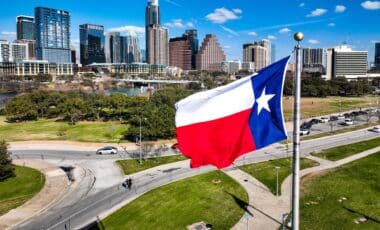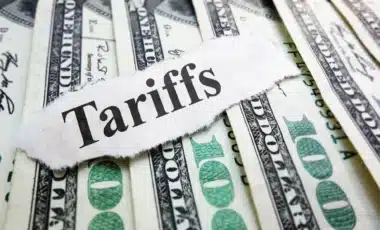Millions of Americans receiving Social Security benefits may see their payments reduced starting in June if they are in default on federal student loans, according to financial aid experts and federal sources.
This development follows the reinstatement of collection practices that had been paused during the COVID-19 pandemic.
More than 450,000 elderly borrowers are currently in default and potentially subject to benefit reductions, a subset of the 2.9 million Americans aged 62 and older who carry federal student loan debt.
In a recent report by Newsweek, experts warned that the financial impact could be severe for retirees living on fixed incomes.
Growing Student Debt Among Older Americans
The number of older adults with student debt has increased sharply—by over 70 percent since 2017, according to the U.S. Department of Education. As the financial strain grows, those in default face aggressive recovery actions, including garnishment of income and Social Security offsets.
“A borrower who has failed to pay on their federal student loan is considered in default when the loan delinquency reaches 270 days past due,” said Tom O’Hare, college advisor at Get College Going.
“The loan is generally reassigned from loan servicers to a collection agency that works on behalf of the federal government to either litigate or implement stringent collection recovery practices, including wage garnishment and deduction from Social Security payments.”
How the Treasury Offset Program Works
The Treasury Offset Program (TOP) allows the federal government to seize up to 15 percent of a borrower’s monthly Social Security benefit to recover defaulted federal student loans. The benefit cannot be reduced below $750, a threshold guaranteed by federal regulation.
As outlined by the Federal Student Aid website:
“Before the offset begins, a notice of intent to offset will be sent to your last-known address to inform you that the offset and negative credit reporting are scheduled to begin in 65 days.”
“The notice may only be sent once, and offsets will continue until your debt is paid or the default status is resolved.”
A Department of Education spokesperson told CNBC:
“The notice may be sent only once, and borrowers may have received this notice before COVID.”
Collections Resume Under Trump Administration
According to multiple reports, the Trump administration has resumed aggressive collection efforts that were paused during the COVID-19 pandemic.
Starting May 5, the White House authorized the restart of Treasury offsets for borrowers in default, including automatic garnishment of Social Security payments.
“It should be noted that these debt recovery practices are not new and have been in use for over two decades,” said Tom O’Hare in an interview with Newsweek.
“They were suspended to assist delinquent borrowers during COVID-19 and during the remaining time the former Administration was in office.”
What Borrowers Can Do to Avoid Garnishment
Despite the resumption of collections, financial advisors stress that defaulted borrowers still have paths to resolution.
“First, reach out to your loan servicer. They can guide you through available options like deferment, forbearance, or creating a flexible repayment plan,” said Bethany Hubert, financial aid specialist at Earnest.
“Programs like income-driven repayment can adjust your monthly payment to better match your budget.”
Political Responses and Public Reaction
Education Secretary Linda McMahon emphasized the urgency for borrowers to act:
“If you are a student borrower with a federal loan balance and haven’t been making payments, you must restart payments now – she wrote in a piece for the Wall Street Journal.”
Mike Pierce, executive director of the Student Borrower Protection Center (SBPC), strongly criticized the resumed collections:
“For five million people in default, federal law gives borrowers a way out of default and the right to make loan payments they can afford.”“Since February, Donald Trump and Linda McMahon have blocked these borrowers’ path out of default and are now feeding them into the maw of the government debt collection machine.”
“This is cruel, unnecessary, and will further fan the flames of economic chaos for working families across this country.”









